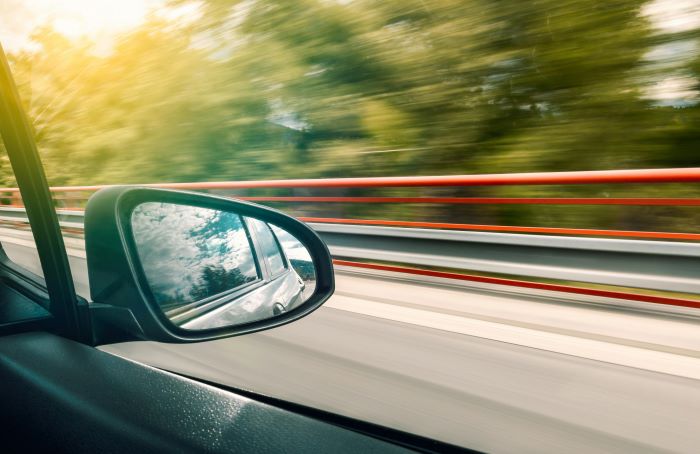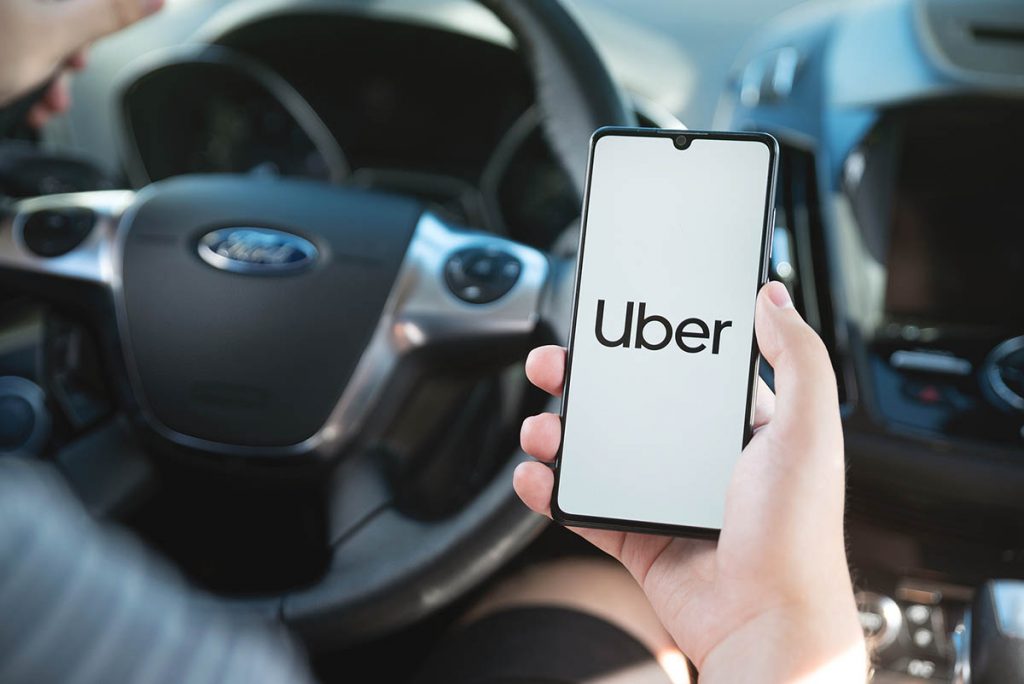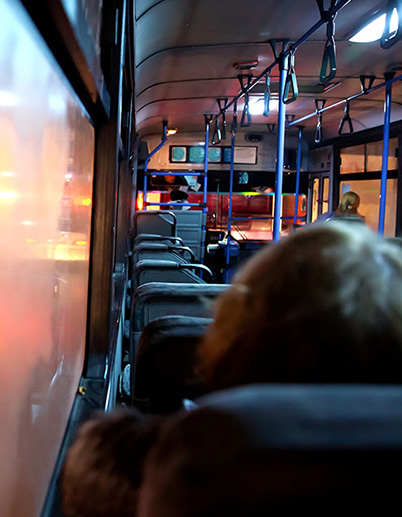Rear-end collisions are among the most common types of car accidents. According to the National Highway Traffic Safety Administration, there is a one in three chance (or 32% chance) that motorists are involved in a rear-end collision. But why are they so common? Various factors can contribute to the severity of rear-end collisions in Miami’s stop-and-go traffic. These causes are vehicle speed, traffic congestion, distracted driving, and aggressive driving behavior.
While many factors are beyond your control, it is important to know that you can do your part to prevent rear-end collisions. This guide provides a detailed guide to avoiding being rear-ended in Miami’s busy highways and preventing serious injuries.
What Are Rear-End Collisions?
A rear-end collision is a car accident when the bumper of another vehicle collides with the rear of your car. When you are rear-ended, you lose control of the front of your vehicle. It increases the risk of your car spinning out of control and crashing into oncoming traffic or other vehicles in front of you.
Given the potential hazards and safety risks, it is crucial to prevent rear-end collisions. Another scenario when you are at risk of being rear-ended is when you are making a turn. Therefore, you must always check your side-view mirrors and use the turn signal to alert the vehicles behind you about your intent to turn.
How to Prevent and Avoid Rear-End Collisions in Miami
Car crashes can occur in both directions; either you can or another driver’s behavior can cause them. It is crucial to practice safe driving measures on Miami’s busy highways; it is essential to do your part in practicing road safety. While there are things beyond your control, practicing safety can reduce the chances of being involved in a rear-end crash.
Know Your Blind Spots
The blind spot is the region surrounding the body of your vehicle that is out of your view. In some cases, blind spots can occur because of an obstruction within your visual field.
You must know the blind spots of your car to adjust your movement accordingly. Installing blind spot detection systems (if your car does not already have them) is critical to increase visibility and awareness of other vehicles or objects within your blind spot area. When you are alerted by this system, you can prevent potentially risky maneuvers.

Maintain a Safe Following Distance
The best strategy for preventing rear-end collisions or any type of car accident is to keep a safe following distance. The rule of thumb is to follow the “three-second rule.” This means that the vehicle in front of you must be three seconds ahead of you, which gives you adequate time to react to sudden changes in traffic flow.
A safe following distance is beneficial when driving in adverse weather conditions, such as rain or snow. In these weather conditions, it is difficult to maintain control of your vehicle due to the road conditions, and you experience reduced visibility. You must give yourself extra time to react or stop the vehicle without causing a collision. The fewer your sudden movements, the less likely you will be rear-ended by another vehicle.
Avoid Sudden Braking
Aside from maintaining a safe following distance, you must also avoid sudden driving maneuvers, such as sudden braking. Instead, gently apply brakes during stop-and-go traffic to maintain a safe speed. If you run at high speeds, you must slam on the brakes when the traffic suddenly stops. The sudden braking motion might not give the vehicle behind you enough time to press on the brakes, resulting in a rear-end collision.
Eliminate Distractions
Distracted driving is cited as one of Miami’s most common causes of rear-end collisions. Drivers must keep their complete focus on the road at all times. Therefore, you should refrain from eating, using a cell phone or talking to someone when driving on the busy roads of Miami.
When you are distracted, you lose awareness of your surroundings and other vehicles. This can result in rear-end collisions and other vehicular accidents.

Avoid Being “Boxed In”
When driving in stop-and-go traffic in Miami, you must avoid (whenever possible) getting “boxed in” by other vehicles. It is when you have other vehicles on all sides of your car.
There are many risks in this particular driving situation. It is always recommended that you leave enough space between other vehicles to maneuver safely out of every road obstacle you encounter and reduce the need to drive around an obstacle or slam on the brakes.
Remember this when driving in Miami to prevent putting yourself in difficult and hazardous situations.
Maintain Proper Lane Positioning
Proper lane positioning is another strategy to prevent rear-end collisions. It involves keeping your vehicle centered in its lane. Do not make unnecessary lane changes.
Swerving or changing lanes frequently can confuse other drivers and increase the chances of a crash. But if you stick to your lane and use the turn signals when you intend to change lanes, you can alert the other drivers of what you intend to do, allowing them to react accordingly.
Aside from proper lane positioning, avoid placing your vehicle directly within the blind spot of other vehicles. Awareness of your surroundings is essential, but you must also make yourself visible to other vehicles.
What to Do When Your Car is Rear-Ended
Applying the above safe driving tips in Miami’s stop-and-go traffic can prevent rear-end collisions. However, there are things beyond your control, and it is equally important to know what to do in case your car is rear-ended.
The first thing to do is to contact an auto accident lawyer in Miami. It is crucial to protect your rights, especially if you are not at fault.
You must also check for injuries and alert the police immediately. You must have an official police report about the incident because this will be useful when filing an insurance claim. Your attorney will also use this report and other paperwork involved in the rear-end collision.
You must obtain the other driver’s information and keep it on file for later use. You must also document the evidence on-site, as it can help when filing an insurance claim.












